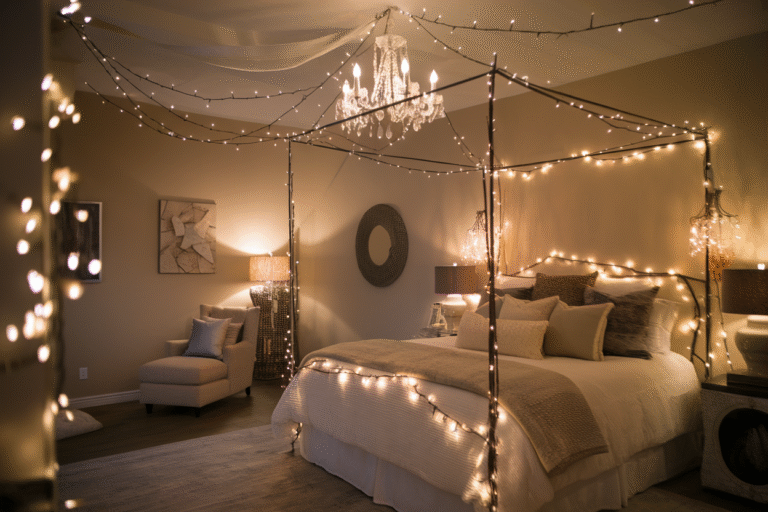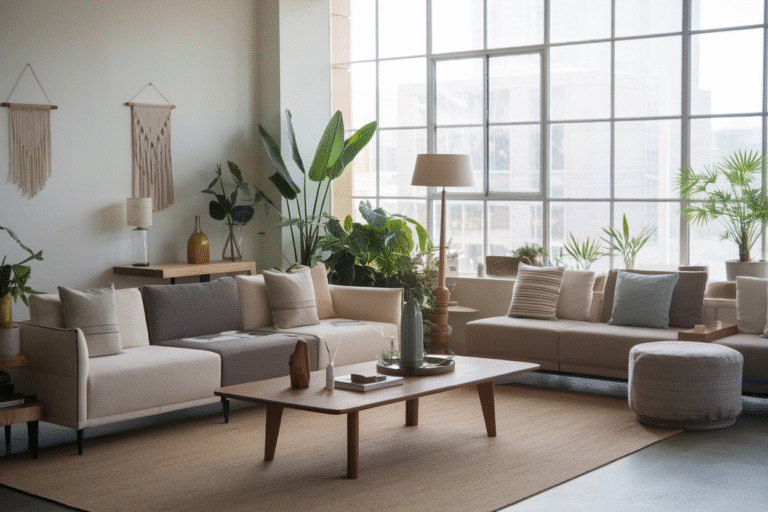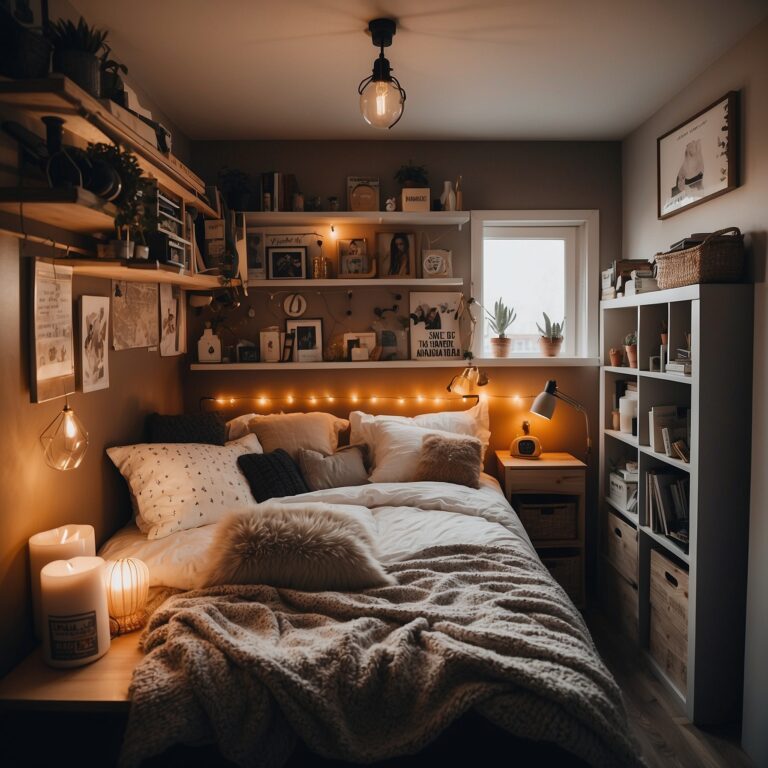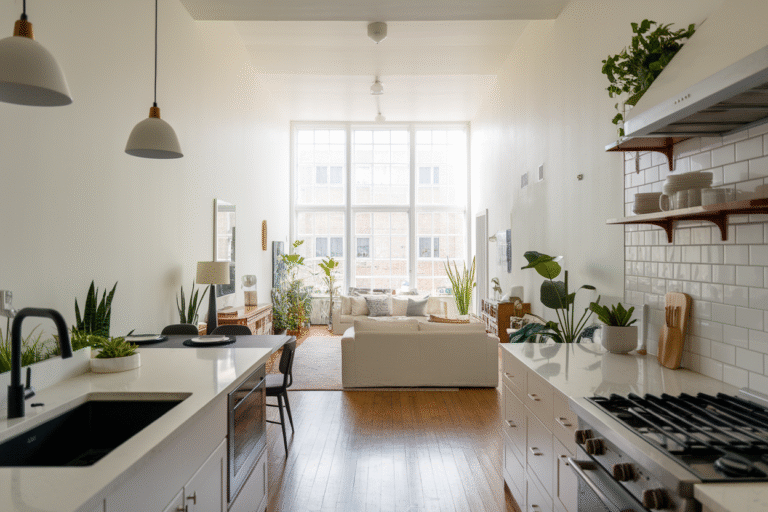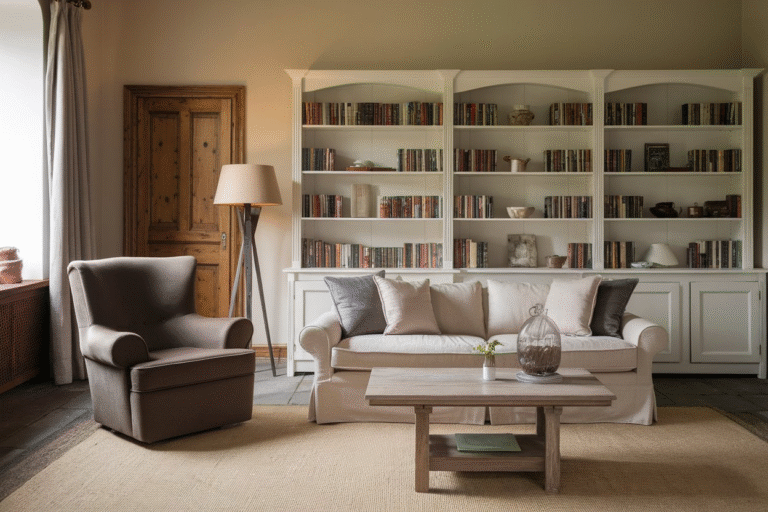25 Formal Living Room Ideas
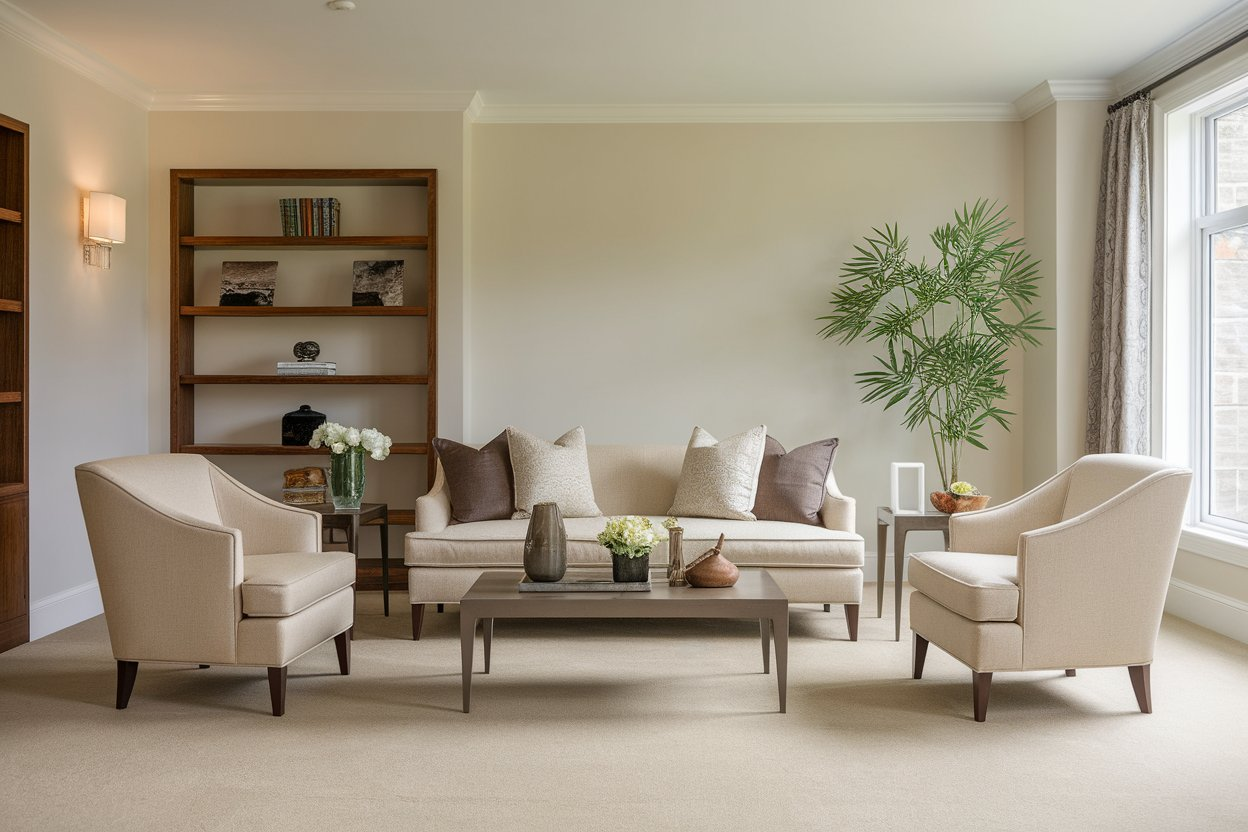
When it comes to first impressions, your formal living room is like the opening chapter of a great novel. It’s the space that sets the tone, tells your guests what to expect, and whispers (or shouts) your style story.
Whether you’re channeling a regal European parlor or a quiet, polished retreat, there’s an art to designing a space that feels both elegant and inviting.
1. Embrace Symmetry
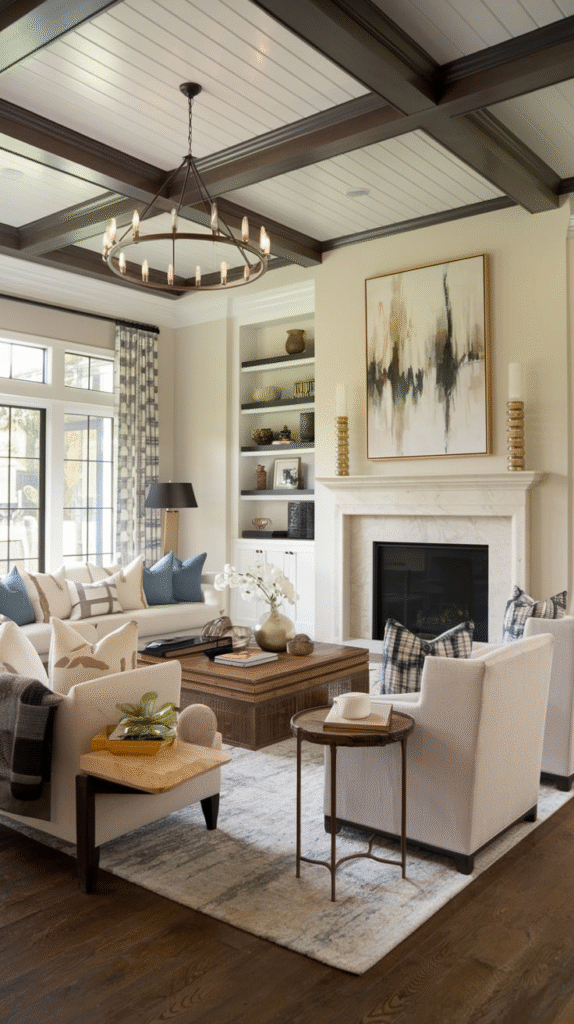
Symmetry is the unsung hero of formality. It creates balance and calm, giving your living room that timeless, polished look. Think matching armchairs on either side of a fireplace, identical lamps flanking a sofa, or even a pair of classic art pieces hung equidistantly.
My grandmother’s living room had a pair of blue velvet chairs facing each other like dueling pianos—inviting conversation and elegance in equal measure.
2. Layer Luxurious Textiles
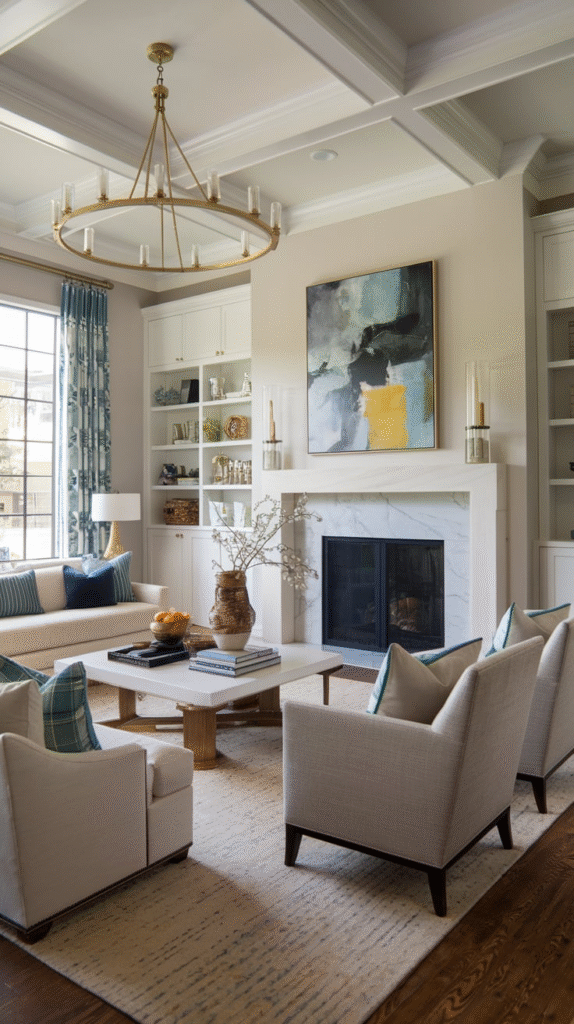
If your goal is to whisper “refined” without screaming it, let textiles do the talking. Choose materials like silk, velvet, linen, or cashmere.
Layer them thoughtfully—velvet cushions on a crisp linen sofa, a silk throw draped over a leather club chair, or plush curtains brushing against a hardwood floor. It’s all about the touch factor—if it feels opulent, it looks opulent.
3. Make a Statement with the Sofa
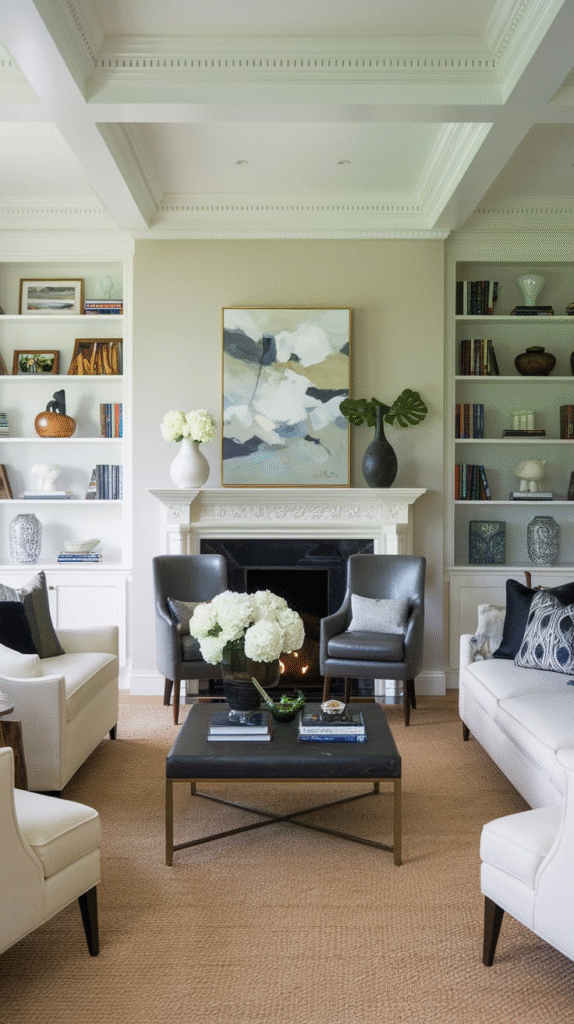
Your sofa is more than just a seat—it’s the anchor of the entire room. Opt for structured silhouettes with sculpted arms, tufted backs, or carved wooden legs.
Chesterfields, camelbacks, and tuxedo sofas all wear “formal” like a tailor-made suit. I once saw a sapphire-blue chesterfield in a designer’s home that made me want to sit up straight and sip tea with my pinky raised.
4. Add Architectural Details
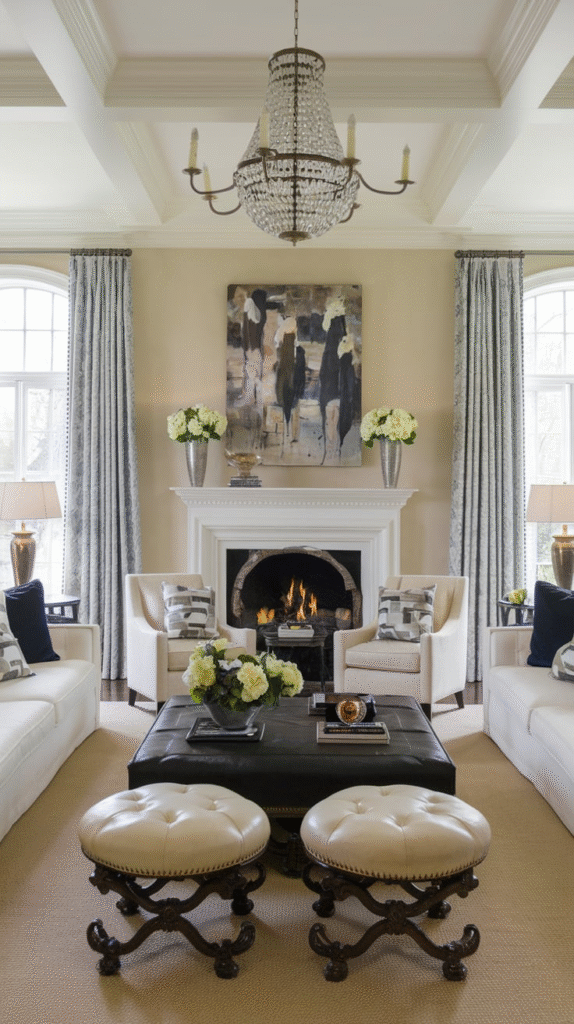
Even the plainest box of a room can be dressed up with architectural interest. Think crown molding, wainscoting, ceiling medallions, or coffered ceilings.
These details work like the frame on a painting—elevating everything inside. You don’t have to live in a manor house to fake the look; plenty of DIY kits and contractors can help bring classic charm to modern builds.
5. Incorporate Elegant Lighting
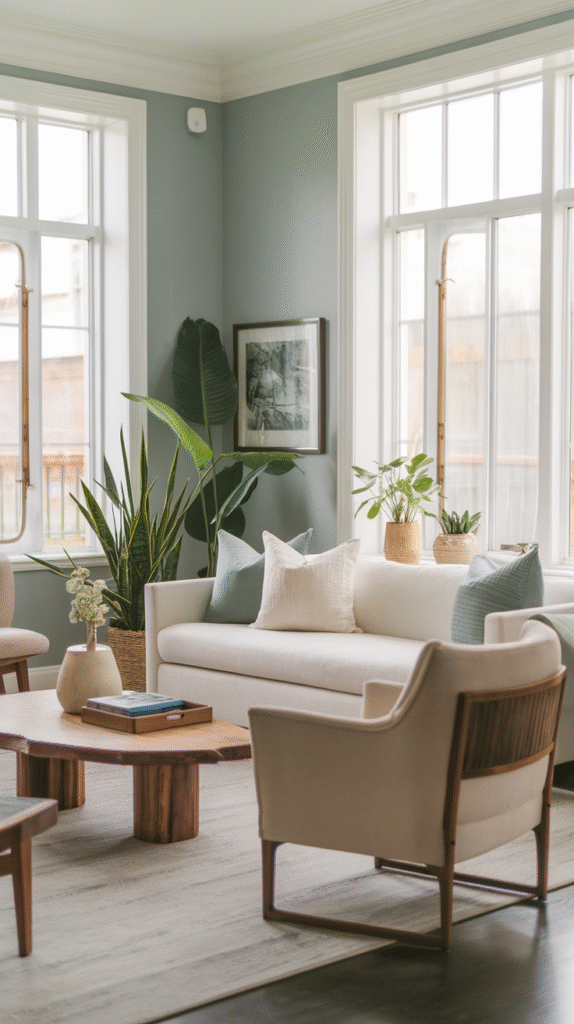
A formal living room without the right lighting is like a stage without spotlights. Introduce dramatic chandeliers, wall sconces, and table lamps with sculptural bases.
The goal is to cast a warm, flattering glow—not a dentist-office glare. I always say that lighting is like jewelry: choose pieces that sparkle, but never overwhelm.
6. Use a Refined Color Palette
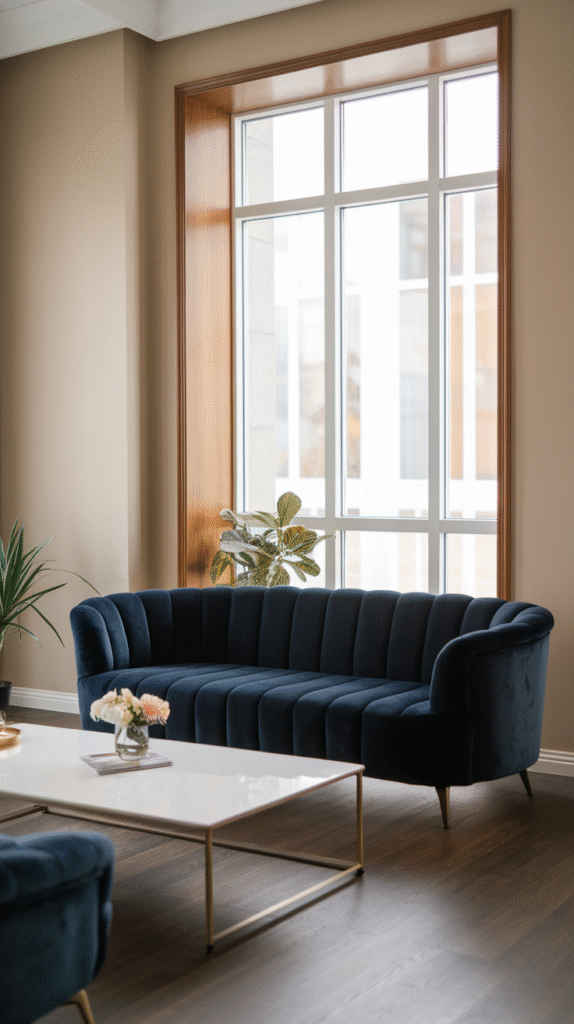
Stick to a sophisticated palette—think cream, taupe, navy, charcoal, deep green, or soft gray. These hues evoke a sense of calm, while giving your space a grown-up feel. Avoid jarring contrasts unless you’re going for drama.
A friend of mine swore off beige until she painted her living room a warm mushroom-gray—and now she hosts book club like a duchess.
7. Display Art with Intention
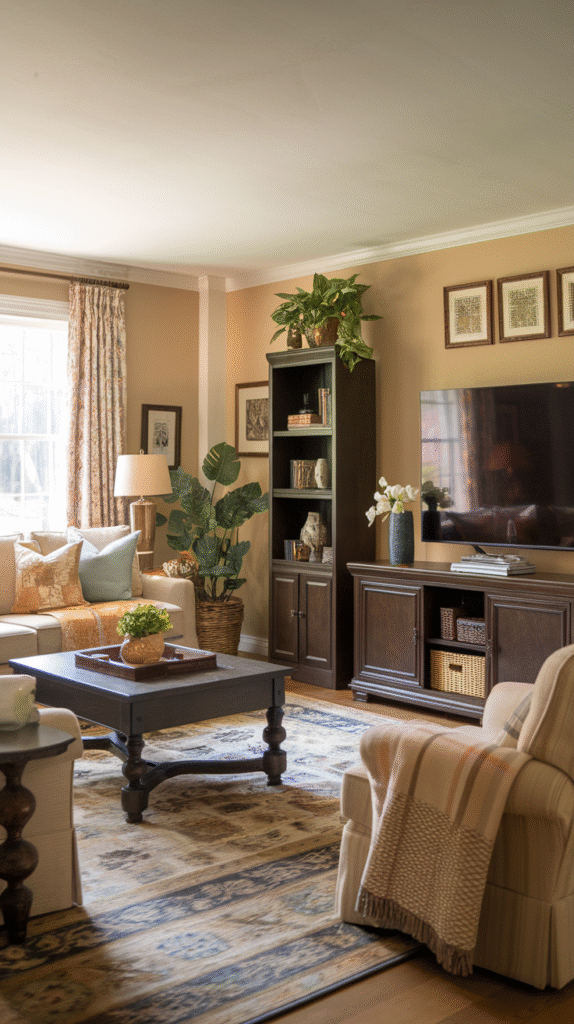
Art isn’t just decoration—it’s a conversation starter. In a formal living room, skip the trendy prints and go for statement pieces with weight.
That doesn’t always mean expensive; even a well-framed black-and-white photograph can hold its own. Aim for scale, balance, and meaning. Gallery walls can work too—just keep them neat and curated.
8. Add an Antique Touch
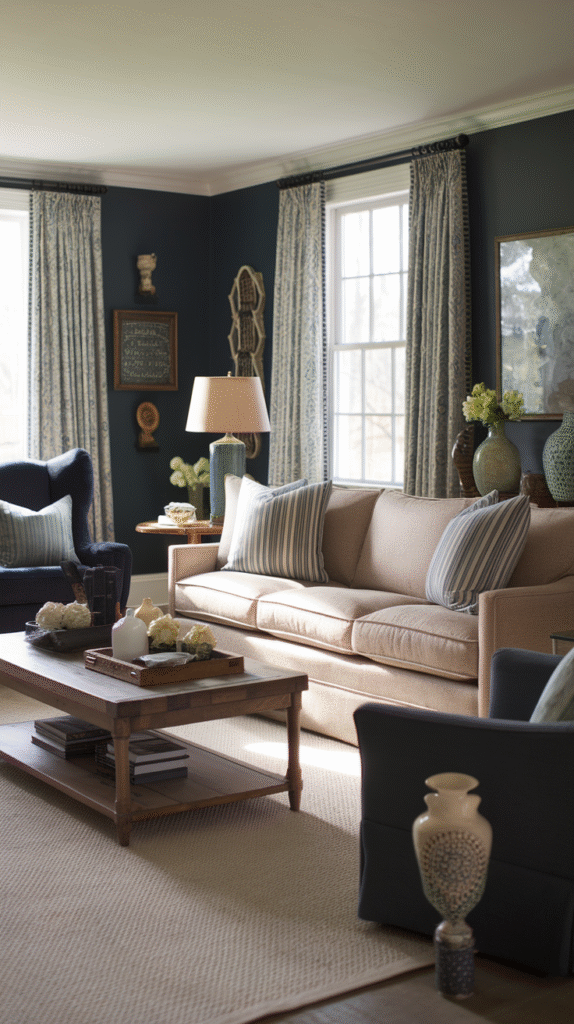
Nothing says “refined” like a little bit of history. Incorporate antiques or vintage pieces to bring in character. Maybe it’s a marble-top side table, a carved mirror from the flea market, or your great-aunt’s crystal decanter.
These treasures have a way of grounding the room and making it feel collected, not just decorated.
9. Frame the Fireplace
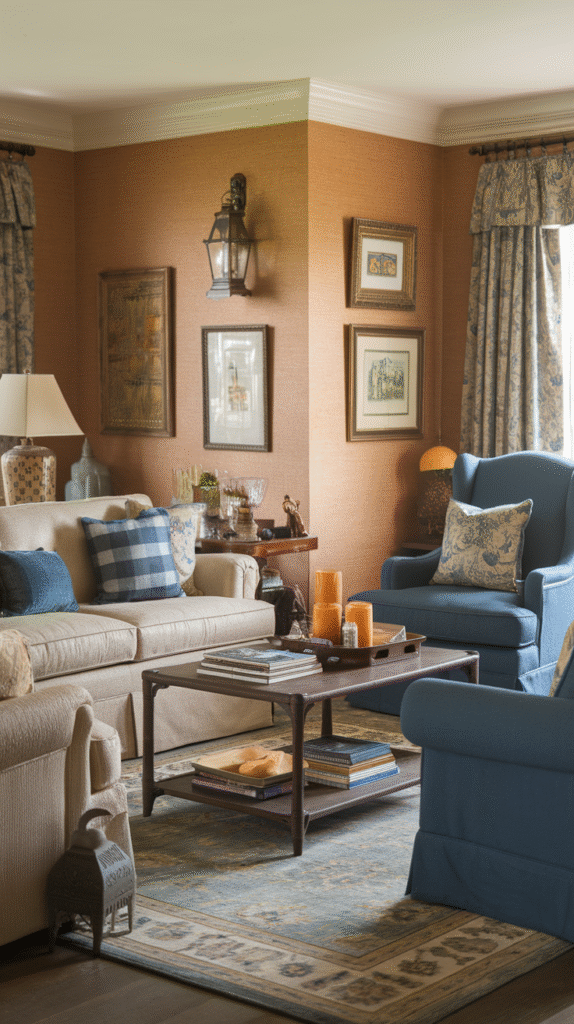
A fireplace is the soul of a formal living room. Dress it well. Frame it with ornate mantels, hang an oversized mirror or piece of art above it, and place symmetrical décor on either side—candlesticks, vases, or even mini topiaries.
I once styled a fireplace with stacked antique books and gilded candleholders—it looked like a scene from a Jane Austen novel.
10. Keep the Tech Subtle
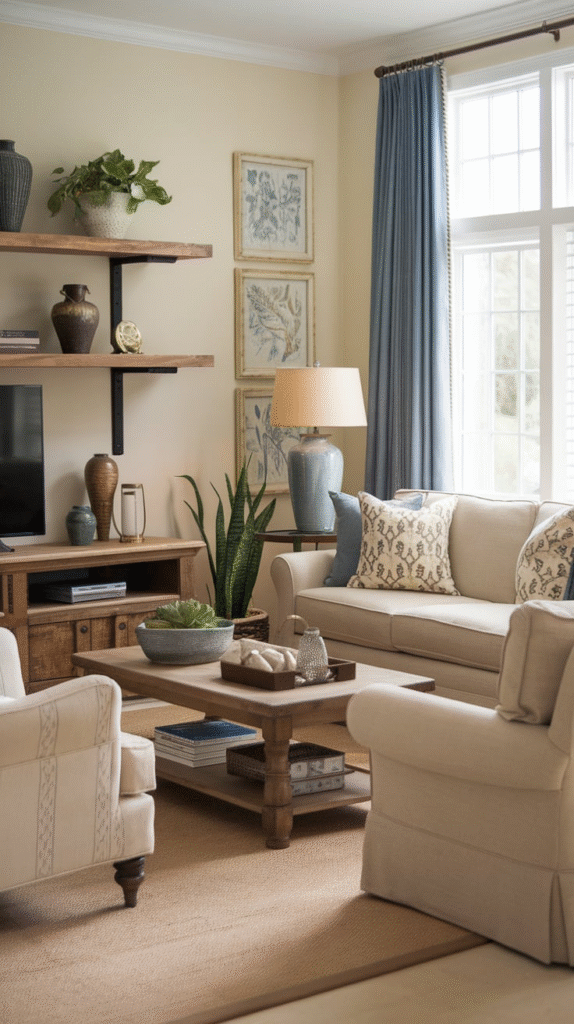
Flat-screen TVs and smart speakers don’t exactly scream elegance. If you must include them, conceal or camouflage the tech. Mount the TV above the fireplace with a frame-style screen, or tuck it behind cabinet doors. Let the room’s design shine, not the glowing rectangle on the wall.
11. Invest in Statement Rugs
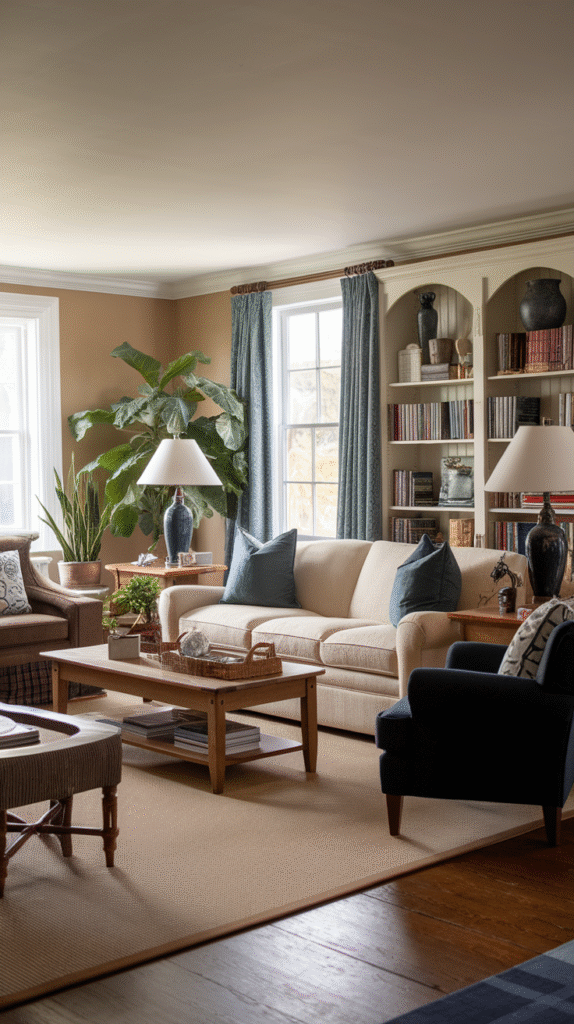
A formal living room rug should feel substantial underfoot—nothing too thin or flimsy. Persian rugs, hand-knotted wool options, or tonal silk blends all bring an air of sophistication. Choose one large enough to anchor your seating area and introduce texture, color, or pattern in a grounded way.
12. Style with Sculptural Furniture
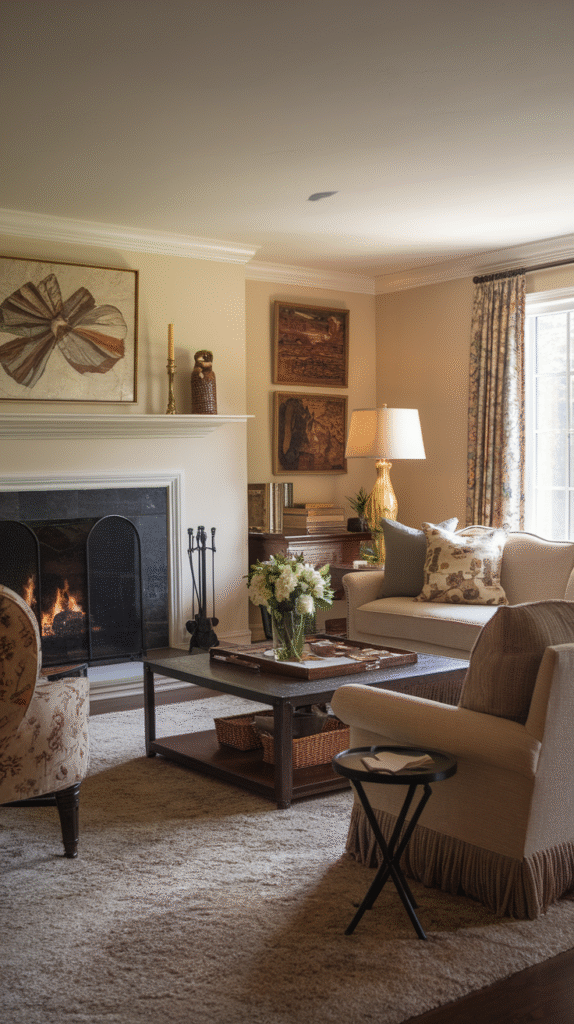
Formality doesn’t mean boring. Introduce furniture with sculptural forms—a curved-back settee, fluted accent chairs, or an ornately carved coffee table. These pieces add artistry to your room and keep the eye moving. Think of each item as a supporting actor in your room’s visual play.
13. Add a Touch of Metallic
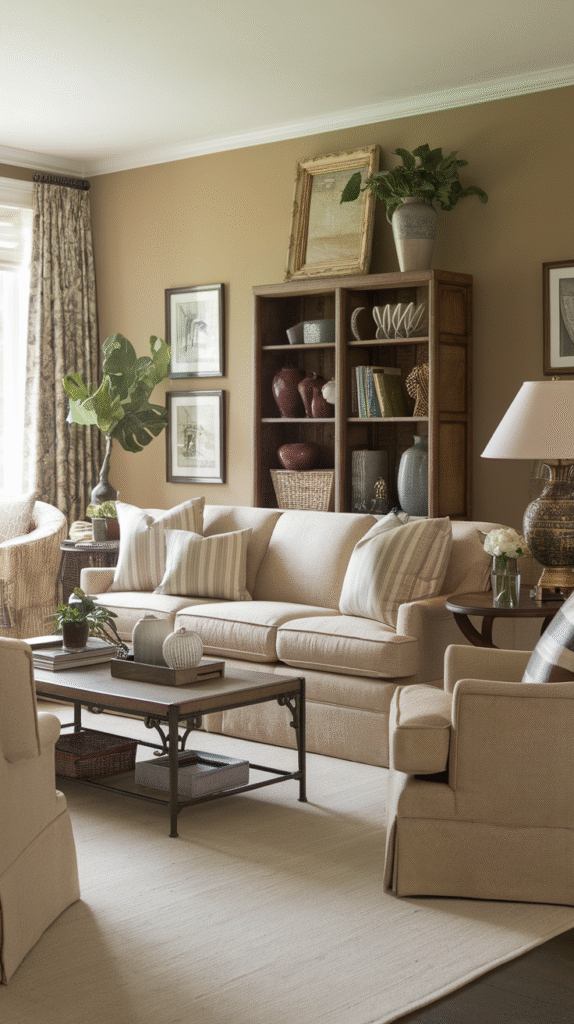
A glint of metallic—gold, brass, silver, or bronze—goes a long way. But remember: subtle shimmer, not disco ball. Use it in mirror frames, lamp bases, hardware, or trays. The goal is to create quiet moments of sparkle that catch the eye without overwhelming it.
14. Bring in Fresh Florals
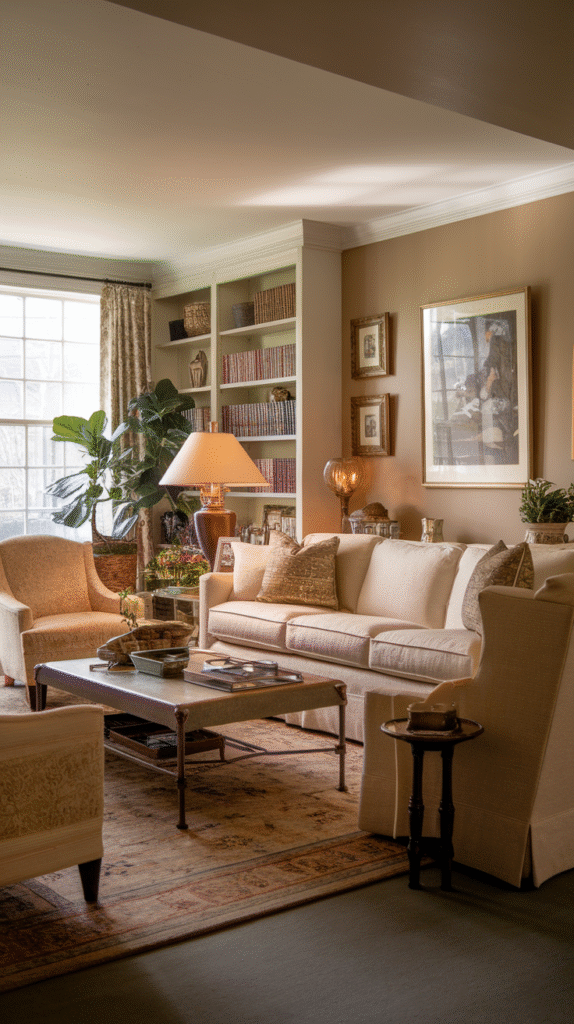
A vase of fresh flowers is the final flourish of a formal living room. Choose classic blooms like roses, peonies, hydrangeas, or orchids in a graceful arrangement. Even a single stem in a tall vase can feel elegant. It’s like putting on perfume before a dinner party—completely optional, but thoroughly lovely.
15. Choose Formal Window Treatments
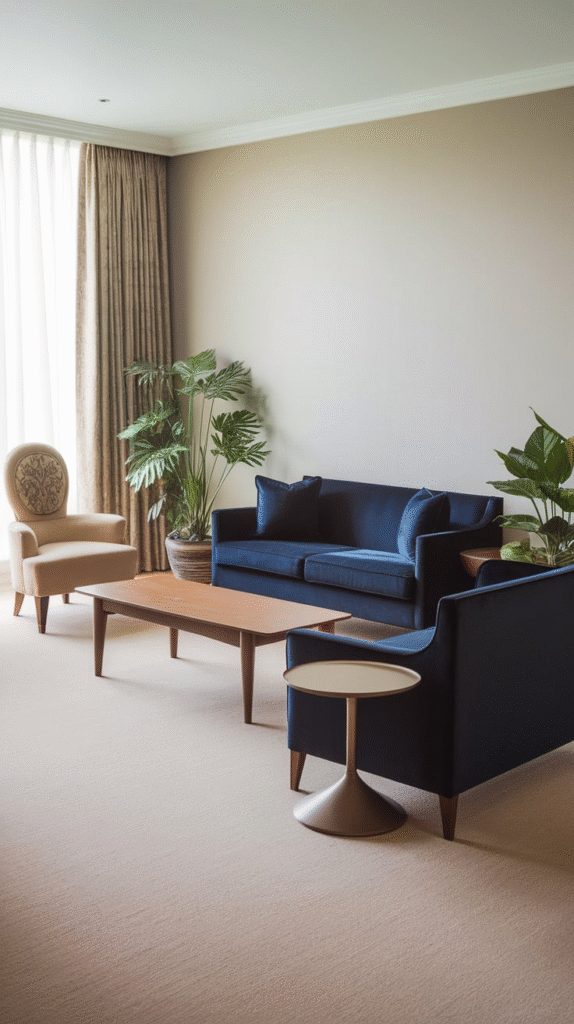
Swap out casual blinds or café curtains for floor-length drapery in rich fabrics. Consider silk panels, velvet drapes, or linen with a tailored pinch pleat. Hang them high and wide to give the illusion of grander ceilings and to add softness and drama to the room.
16. Incorporate Built-Ins or Bookcases
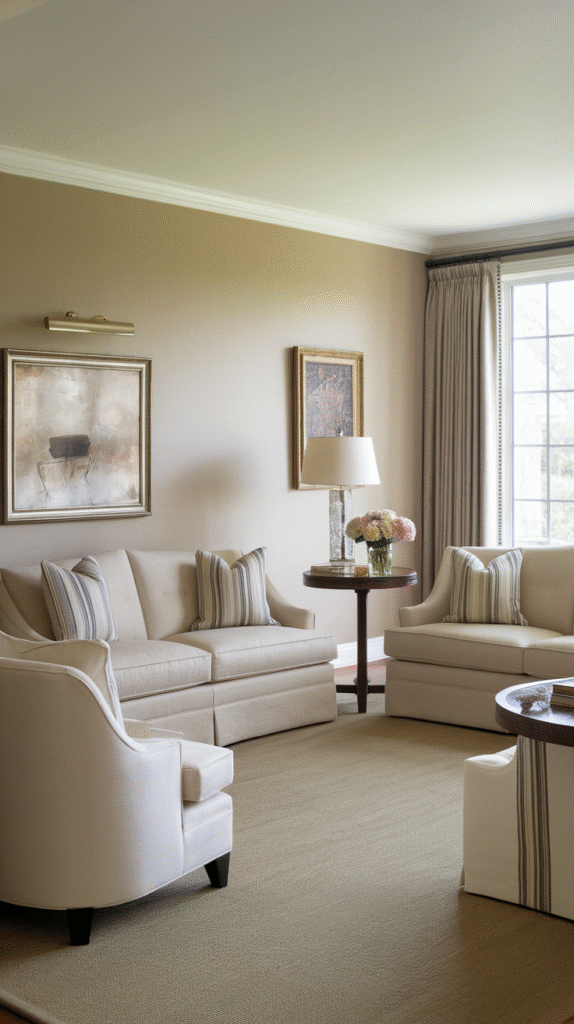
Built-in shelves or custom cabinetry add both storage and stature. Fill them with hardcover books, ceramics, and curated accessories—think of it as visual storytelling. Try color-coordinating the books or arranging them by height for a refined, styled look.
17. Use a Coffee Table with Purpose
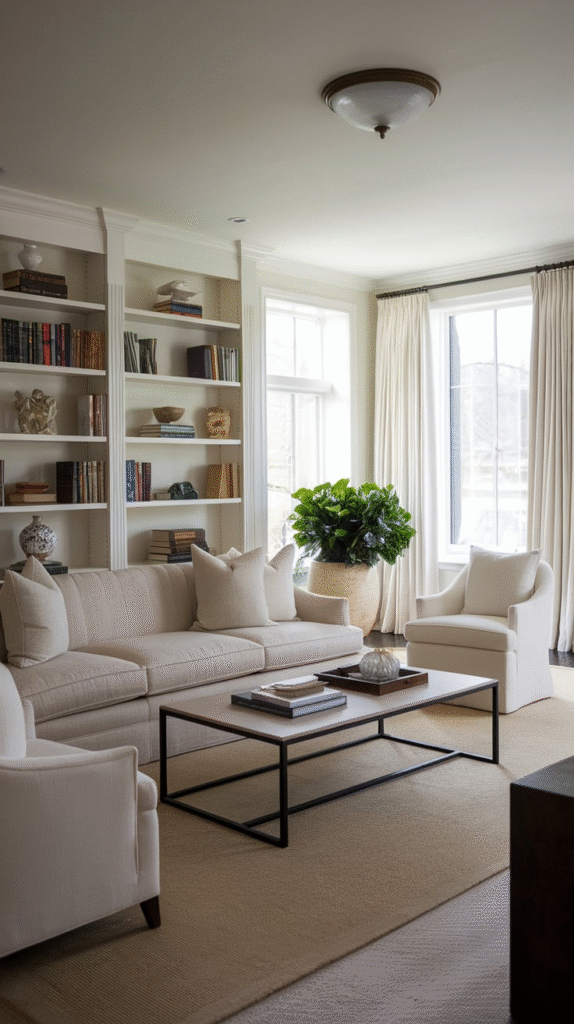
Your coffee table should be as stylish as it is functional. Choose one with an interesting material—glass, wood with inlay, or marble. Style it with a stack of design books, a small sculpture, a candle, and a tray to ground the vignette.
I once used a vintage trunk as a table and topped it with a bowl of polished stones—it felt both rustic and refined.
18. Add Classic Patterns
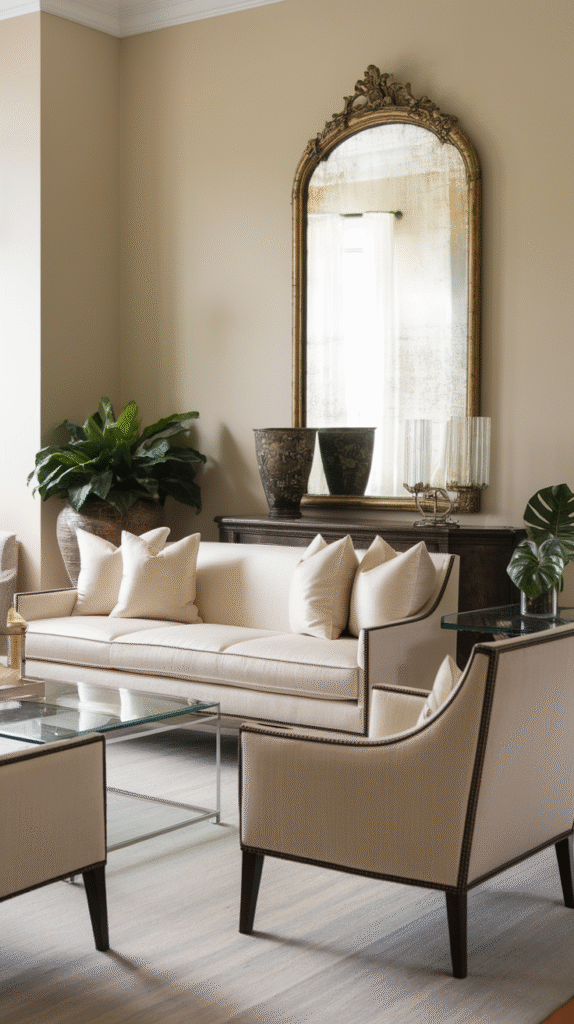
Incorporate timeless patterns like damask, toile, herringbone, or Greek key in your upholstery, pillows, or drapery. These patterns have been around for centuries for good reason—they convey elegance without being trendy. Use them sparingly for balance.
19. Create Zones with Furniture
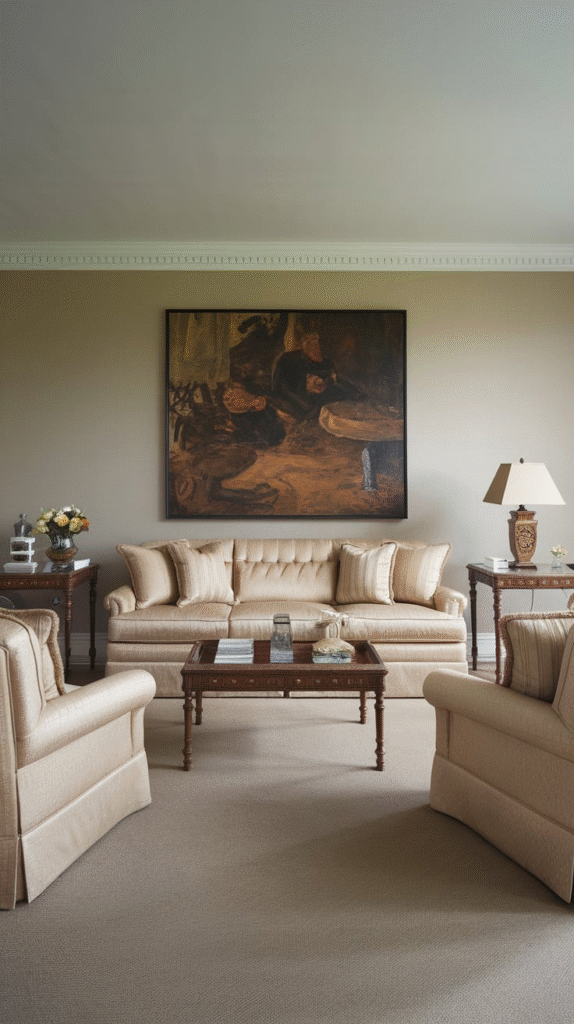
In larger formal living rooms, break the space into conversation zones. Use area rugs, accent chairs, and lighting to carve out areas for chatting, reading, or sipping cocktails. It makes the space feel thoughtful, not cavernous.
20. Add a Grand Mirror
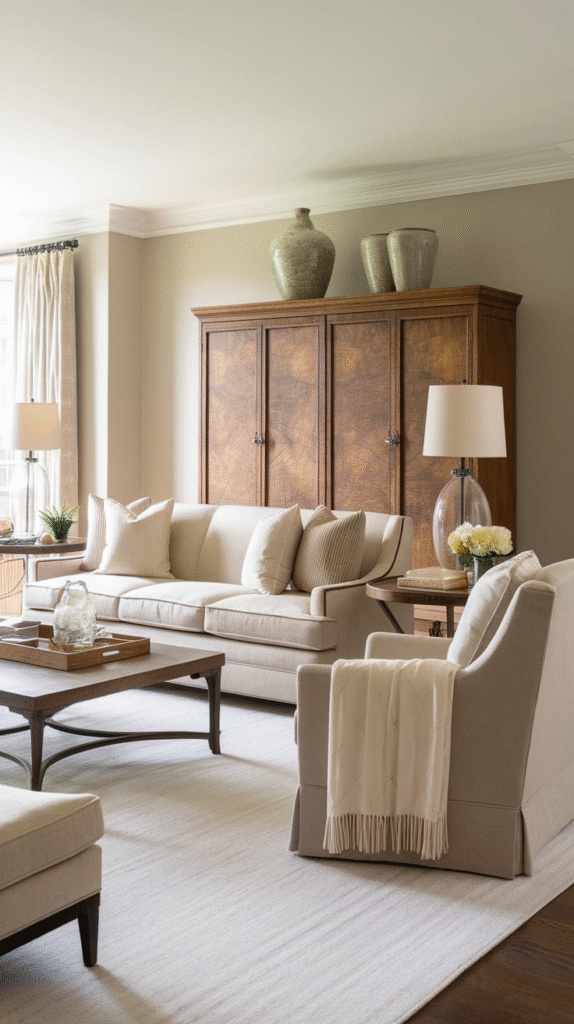
An oversized mirror, especially one with a gilded or antique frame, instantly elevates a room. Place it above the fireplace or opposite a window to reflect light and open up the space. Mirrors in formal rooms are like crown jewels—timeless and statement-making.
21. Keep the Clutter Out
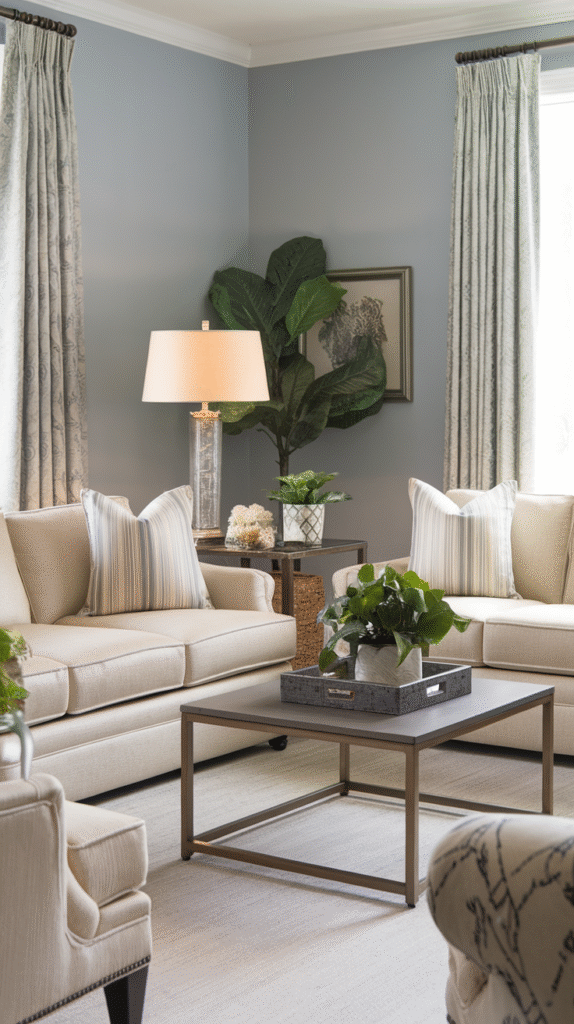
Nothing kills a formal vibe like visible clutter. Use hidden storage, decorative boxes, or console tables with drawers to keep everyday messes tucked away. A tidy space is a formal space.
22. Mix High and Low Pieces
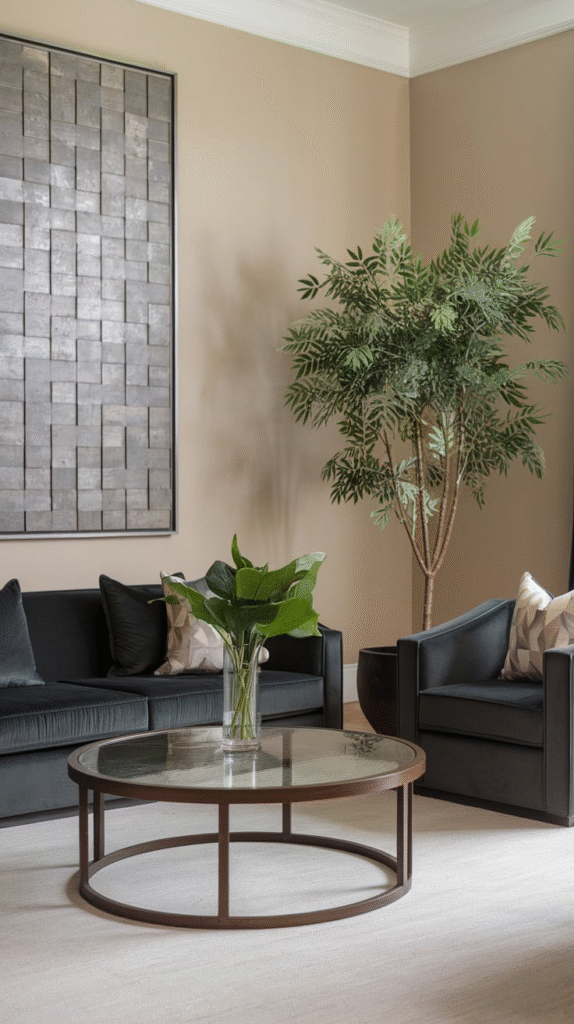
A formal room doesn’t have to be a museum. Mix heirlooms with IKEA finds, vintage scores with modern staples. The contrast makes the room feel dynamic and authentic. Formal doesn’t mean fussy—it means intentional.
23. Go for Gallery-Worthy Drapery Hardware
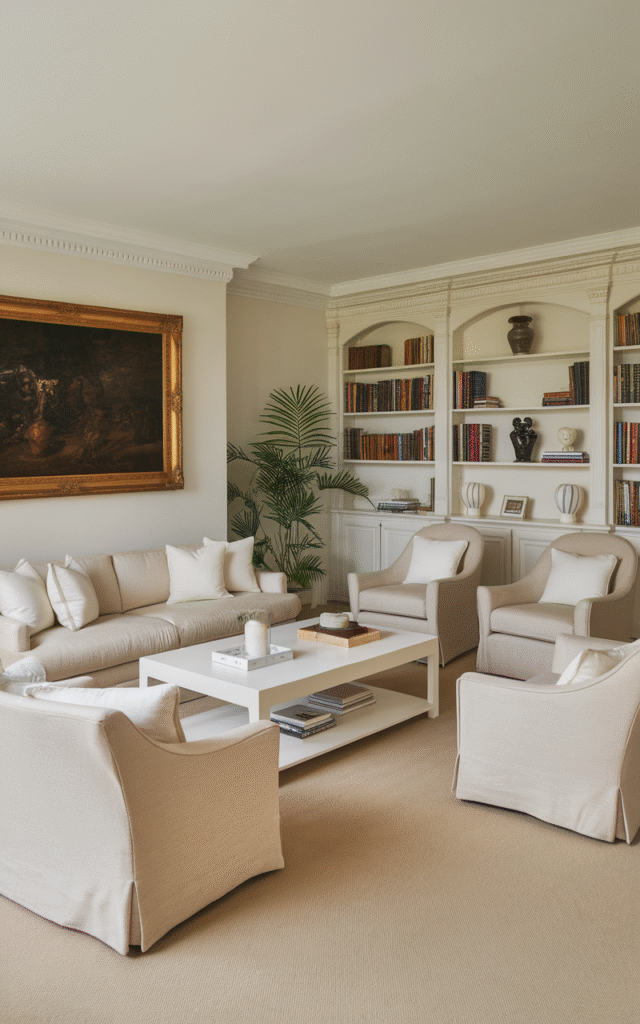
Don’t overlook the hardware. Your curtain rods, rings, and finials should match the room’s vibe—choose brass, nickel, or iron with elegant detailing. It’s a small detail that packs a big punch.
24. Introduce a Console Table
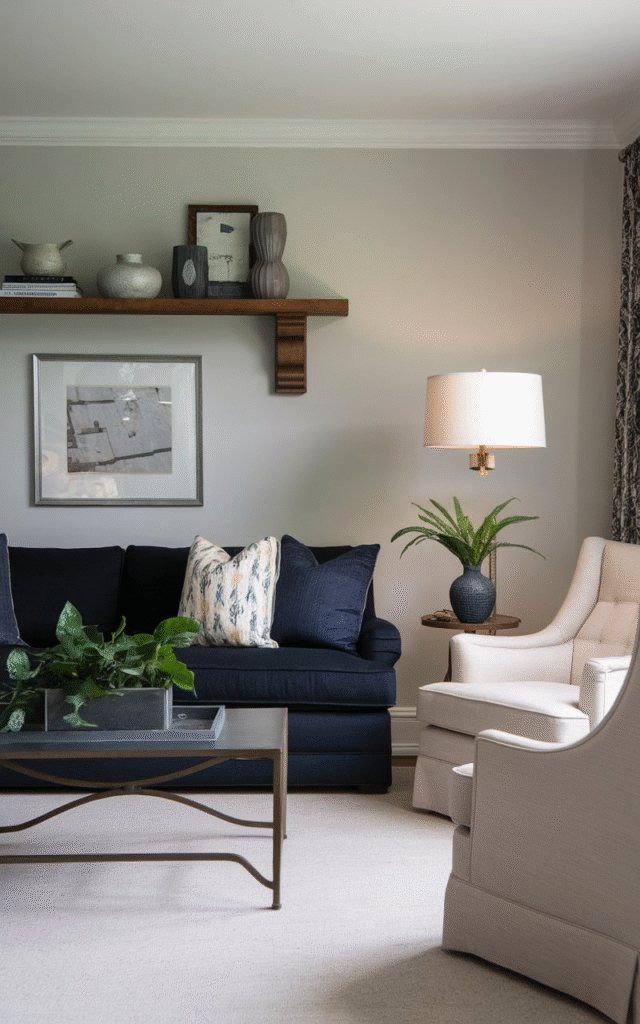
A console table behind the sofa or near the entry point of your formal living room is the perfect perch for a lamp, fresh flowers, or a curated vignette. Choose a piece with classic lines and finish, like dark wood or stone.
25. Add Personality with Accessories
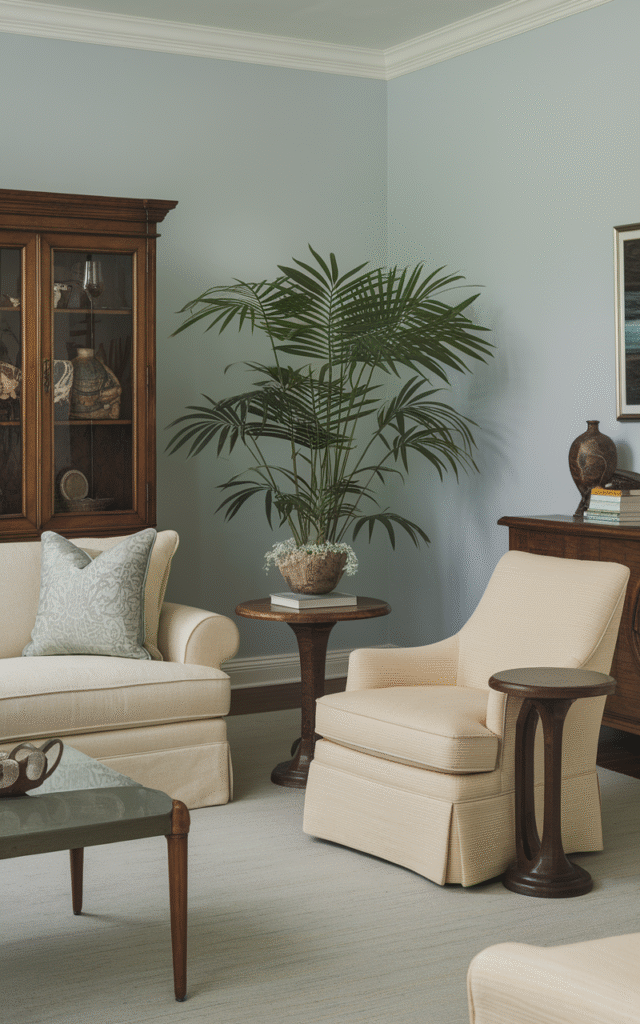
Finally, pepper the room with personal touches—framed photographs, travel mementos, inherited trinkets. These are the breadcrumbs of your life story, and in a formal room, they show that elegance and warmth can coexist beautifully.
Conclusion
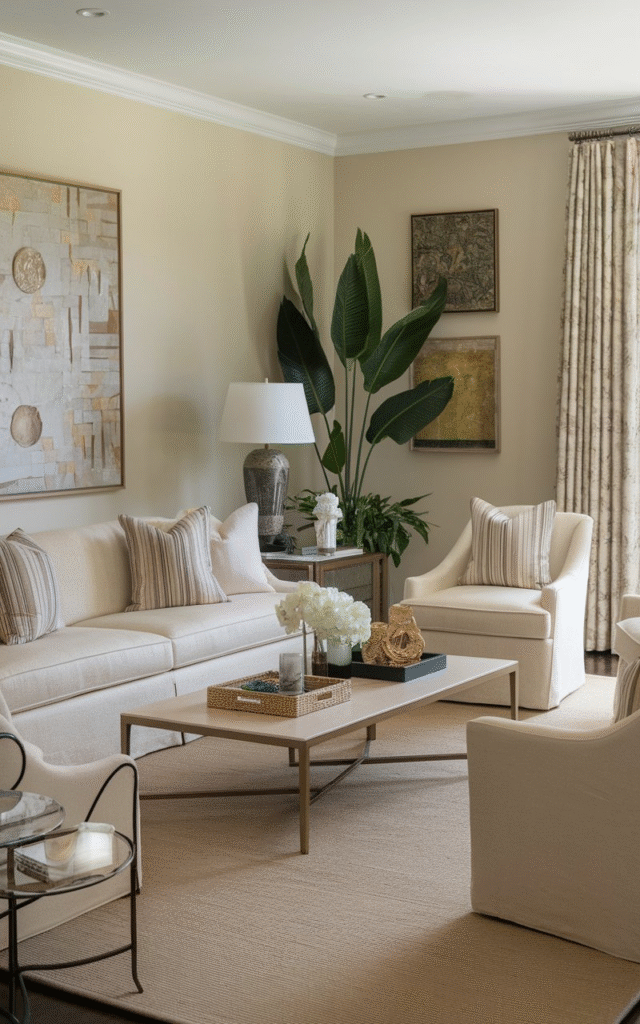
Designing a formal living room doesn’t mean creating a space so precious you’re afraid to sit down. It’s about crafting an environment that’s thoughtful, elegant, and timeless, with just the right amount of softness to invite people in. Let your room be a reflection of your best self—well-dressed, well-mannered, but always ready for good company and a great conversation.
Whether you start with a statement sofa, rich curtains, or that perfect piece of antique furniture, each decision builds toward a space that feels intentional and elevated. Don’t worry about being perfect—just focus on telling your story with style.

